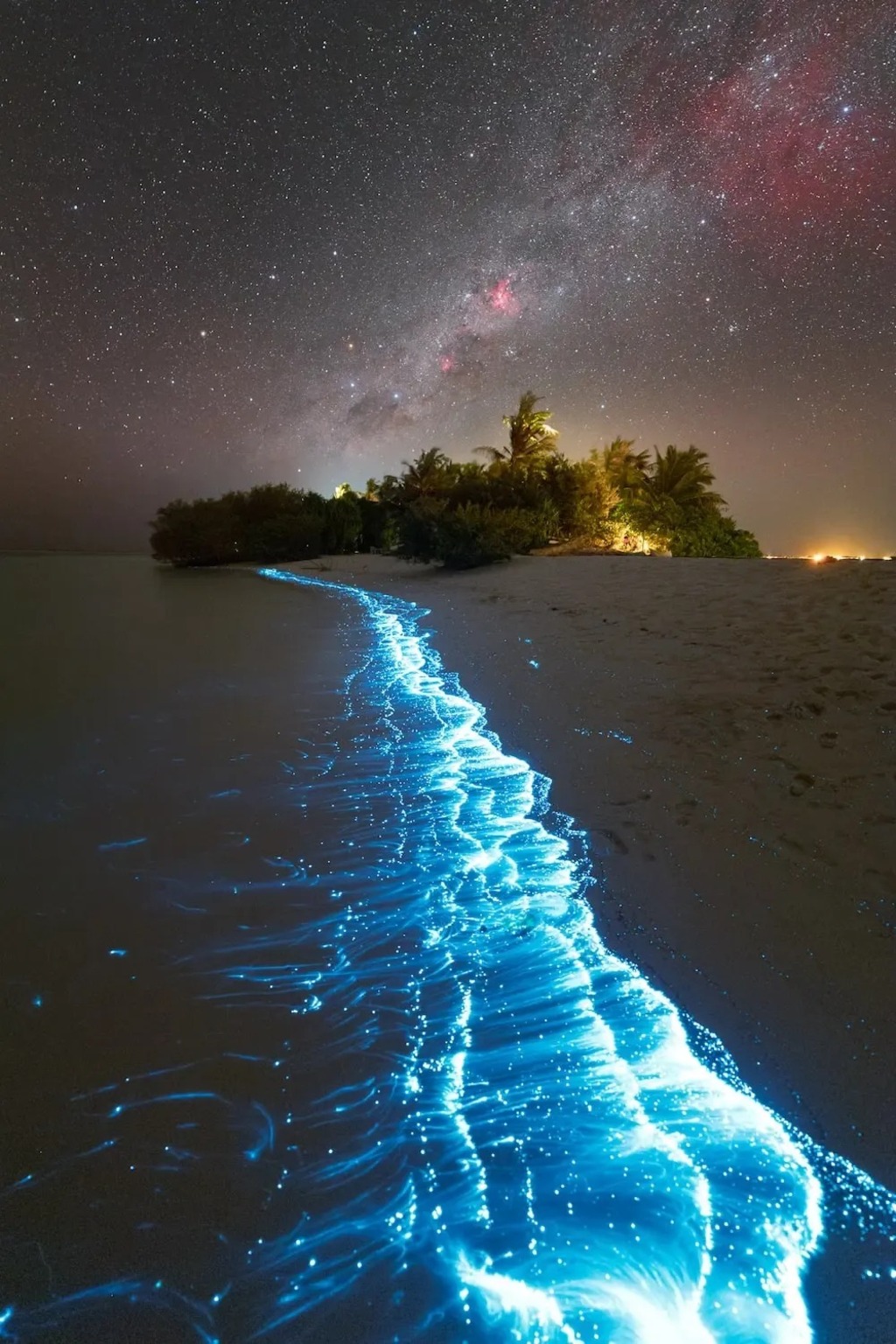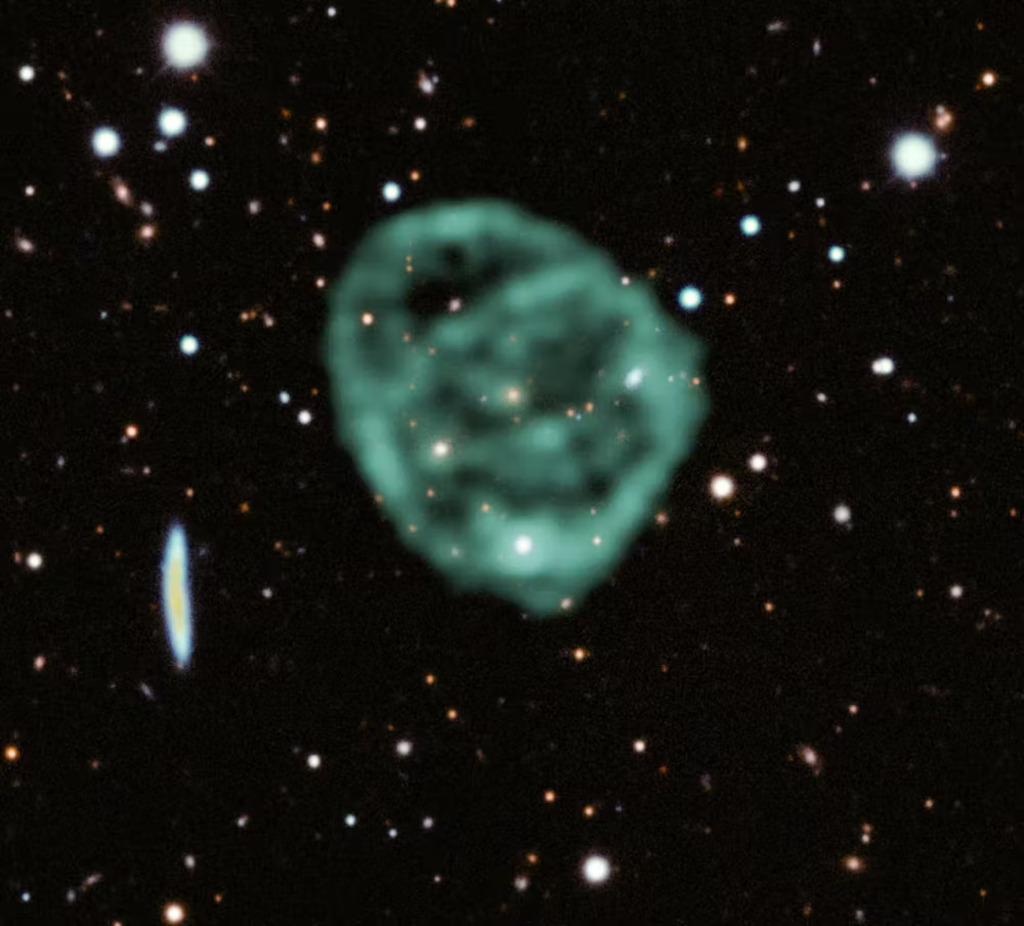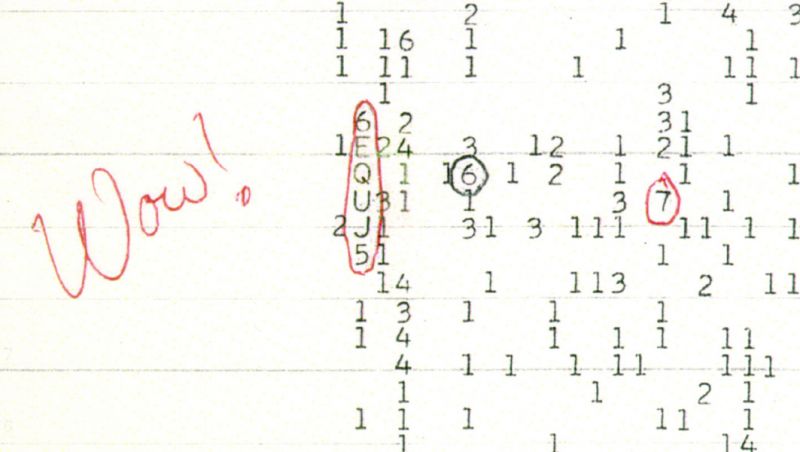
Planetary Picture of the Day
Week of September 2, 2024
Light is the theme of the week -- from the bioluminescence of life here on Earth to the radio brightness of a strange, distant object, with Jupiter and moons of Saturn in between.
Tuesday, 3 September 2024

Image processing: Jackie Branc
JunoCam Captures Jupiter on 62nd Flyby
This view of Jupiter was captured by the JunoCam instrument aboard NASA's Juno spacecraft during the mission's 62nd close flyby of the giant planet on June 13, 2024. Citizen scientist Jackie Branc made the image using raw JunoCam data.
Wednesday, 4 September 2024

Milky Way Over a Turquoise Wonderland of Bioluminescence
Taken on an island in the Maldives, this stunning photograph shows the beautiful Milky Way over a night-time shoreline highlighted by vibrant bioluminescence in the water. In contrast, the more familiar glows of stars and nebulas are in the sky. The white band rising from the artificially illuminated green plants is created by billions of stars in the central disk of our Milky Way Galaxy. Also visible in the sky is the star cluster Omega Centauri, toward the left, and the famous Southern Cross asterism in the center. Red-glowing nebulas include the bright Carina Nebula, just right of center, and the expansive Gum Nebula on the upper right.
Thursday, 5 September 2024

A Brighter Moon
Although Dione (near) and Enceladus (far) are composed of nearly the same materials, Enceladus has a considerably higher reflectivity than Dione. As a result, it appears brighter against the dark night sky.
The surface of Enceladus (313 miles or 504 kilometers across) endures a constant rain of ice grains from its south polar jets. As a result, its surface is more like fresh, bright, snow than Dione's (698 miles or 1123 kilometers across) older, weathered surface. As clean, fresh surfaces are left exposed in space, they slowly gather dust and radiation damage and darken in a process known as "space weathering."
The image was taken in visible light with the Cassini spacecraft narrow-angle camera on Sept. 8, 2015.
Friday, 6 September 2024

An Odd Radio Circle
An image of Odd Radio Circle (ORC) J2103-6200 was taken by the MeerKAT telescope and superimposed on an optical image from the Dark Energy Survey (2022). These mysterious rings of radio light may result from radiation winds blowing the outer layers off of a massive star.





